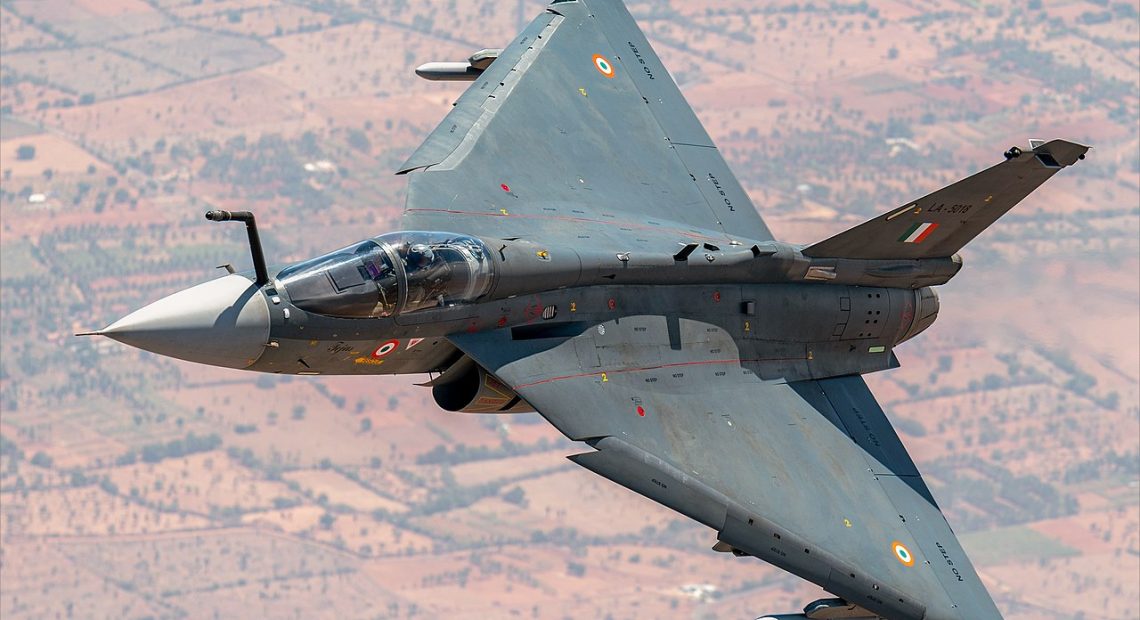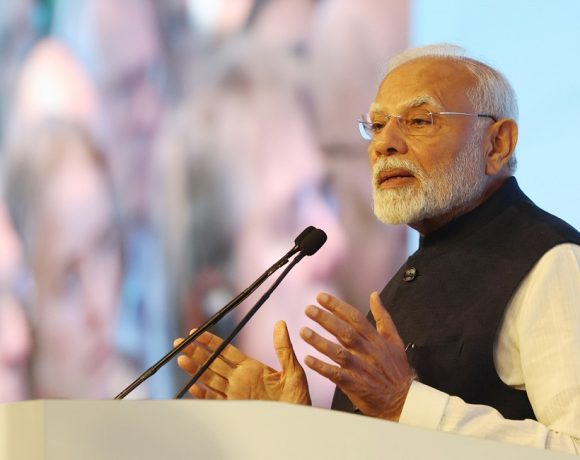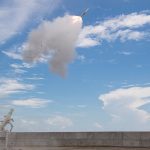
India Finalises ₹67,000 Crore Deal for 97 Tejas Mk‑1A Jets
India is preparing to approve a massive ₹67,000 crore (~$7.8 billion) deal for the purchase of 97 additional Tejas Mk‑1A fighter jets, further reinforcing the Indian Air Force’s combat strength. Once cleared by the Cabinet Committee on Security, this contract will raise the total Mk‑1A fleet size to 180 jets, positioning it as a cornerstone of India’s future air power.
Tejas Mk‑1A: A multirole workhorse
The Tejas Mk‑1A, developed by the Aeronautical Development Agency and manufactured by Hindustan Aeronautics Limited (HAL), is a modern light combat aircraft equipped with state-of-the-art systems. These include an AESA radar, digital flight control, electronic warfare jammers, smart munitions integration, and beyond-visual-range (BVR) missiles. It is designed to gradually replace legacy aircraft such as the MiG‑21, MiG‑27, and Jaguar in the IAF’s inventory.
With its multirole capability and indigenous build, the Mk‑1A serves as a powerful platform for both defensive and offensive operations, providing the IAF with greater flexibility across theatre commands.
Production ramp-up by HAL
To accommodate the incoming order, HAL has announced a production scale-up plan. From its current capacity of around 16 aircraft per year, HAL aims to ramp up to 24 Tejas Mk‑1A fighters annually by 2027. According to internal estimates, the expanded manufacturing output will ensure timely deliveries aligned with the IAF’s urgent squadron needs.
A HAL official confirmed during Aero India 2025 that the deal was in advanced stages of approval and would likely be signed in the upcoming fiscal year, setting the stage for rapid execution.
Boost to Atmanirbhar Bharat and defence economy
The Tejas Mk‑1A program is a key pillar of India’s “Atmanirbhar Bharat” initiative, focused on achieving self-reliance in critical defence technologies. With over 75% indigenous content, the Mk‑1A supports domestic defence manufacturing, job creation, and technology development. The large-scale order will benefit hundreds of MSMEs and Tier-1 suppliers involved in the Tejas production ecosystem.
By investing in a homegrown fighter platform, India also reduces dependency on foreign vendors, especially for frontline fighters, thereby enhancing strategic autonomy.
Strategic implications for the Indian Air Force
This additional order will help bring the IAF’s strength closer to its sanctioned goal of 42 fighter squadrons, vital for a two-front war scenario involving China and Pakistan. With the phased retirement of ageing aircraft, the induction of the Tejas Mk‑1A becomes essential to plug operational gaps and ensure readiness.
The new batch will also feature advanced capabilities like the indigenous Uttam AESA radar, Astra Mk‑1 and Mk‑2 missiles, and enhanced survivability features—positioning the Mk‑1A as a key asset in the IAF’s evolving network-centric warfare doctrine.


















